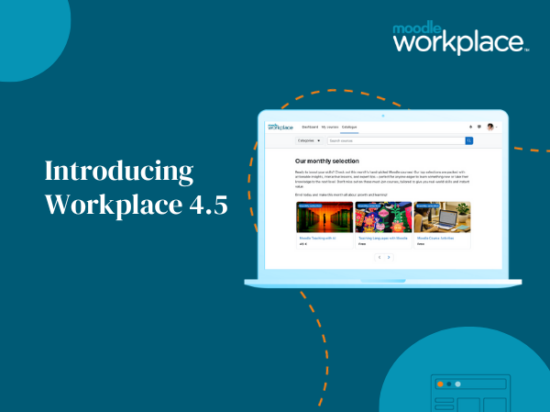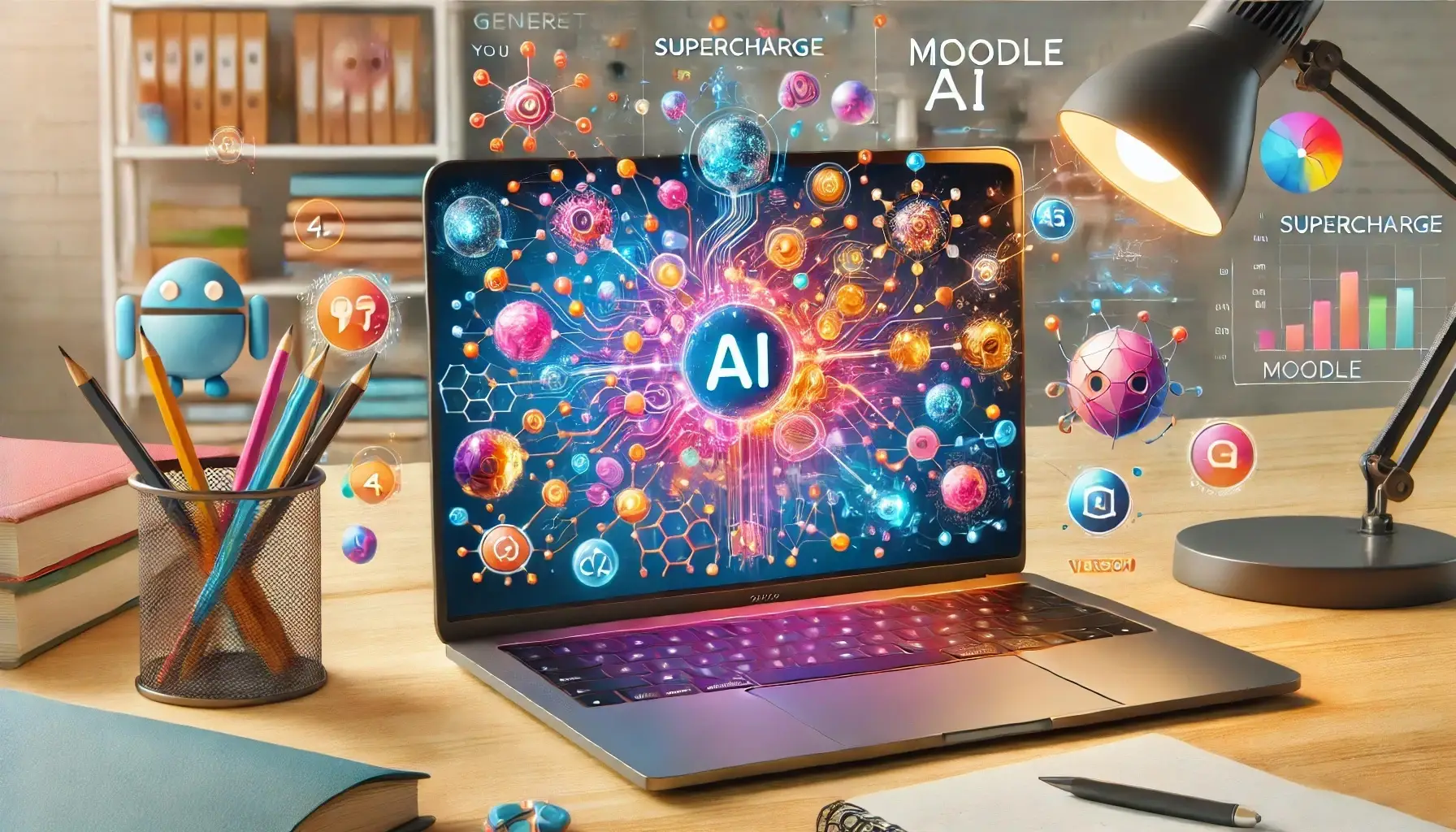Most people associate open source applications as ‘free’. This may be the case in some instances but open source is more than a free application or software. Typically speaking, commercial or proprietary products and their source code are protected by copyrights and licences. That is, the code cannot be copied, changed or modified. As a result, features and qualities are maintained and competitor companies are prevented from using it in competing products. For customers this translates to paying for exclusive licences and software packages.
Open Source is just that – the source code is included in the finished product and is open to modification and customisation under the GNU General Public Licence. Here the application developers believe that an active community of developers contributing to the application’s features will help it evolve and be error free in the long term.
Under the GNU General Public Licence an application is copyrighted however it grants any user legal permission to copy, distribute and/or modify the software. The licence also prevents any one individual or organisation from having an Open Source application patented – that is, any patent must be licensed for everyone’s free use or not licensed at all.
To be considered as open source software by the Open Source Organisation, certain criteria must be met:
1. Free Redistribution – no restrictions on any party from selling or giving the application away for free (no royalty or fee can be charged).
2. Source Code – raw and compiled source code included.
3. Modifications – allows for modifications and can be distributed in modified form under the same licence terms as original application.
4. Integrity of The Author’s Source Code – original source code preserved.
5. No Discrimination Against Persons or Groups – any person can use it.
6. No Discrimination Against Fields of Endeavour – any organisation must be able to use it if they choose to.
7. Distribution of License – upon redistribution, no additional license is required by those parties.
8. License Must Not Be Specific to a Product
9. License Must Not Restrict Other Software Use
10. License Must Be Technology-Neutral – No provision of the license may be predicated on any individual technology or style of interface.
Open source applications do not offer warranties as their technology is constantly evolving. So either we have it, Open Source is ‘free’ to be changed but not necessarily in free in price. Services and expertise around the use of an Open Source application usually attract a fee. Because the software’s license encourages modification and customisation, it is difficult to support, so an expert in the application is highly recommended.
Examples of Open Source versus Commercial Applications
For comparative purposes, find below some examples of Open Source and Commercial applications:
Learning Management System: Moodle vs Blackboard
Office Software: Open Office vs Microsoft Office
Web Browser: Firefox vs Internet Explorer
Web Service: Apache vs IIS
Database: MySQL vs Microsoft SQL
Operating System: Linux vs Windows
Graphic Design: GIMP vs Photoshop
ePortfolio: Mahara vs Pebble Pad
Customer Relationship Management System: Sugar vs Sales Force
Content Management System: Word Press vs Dreamweaver







